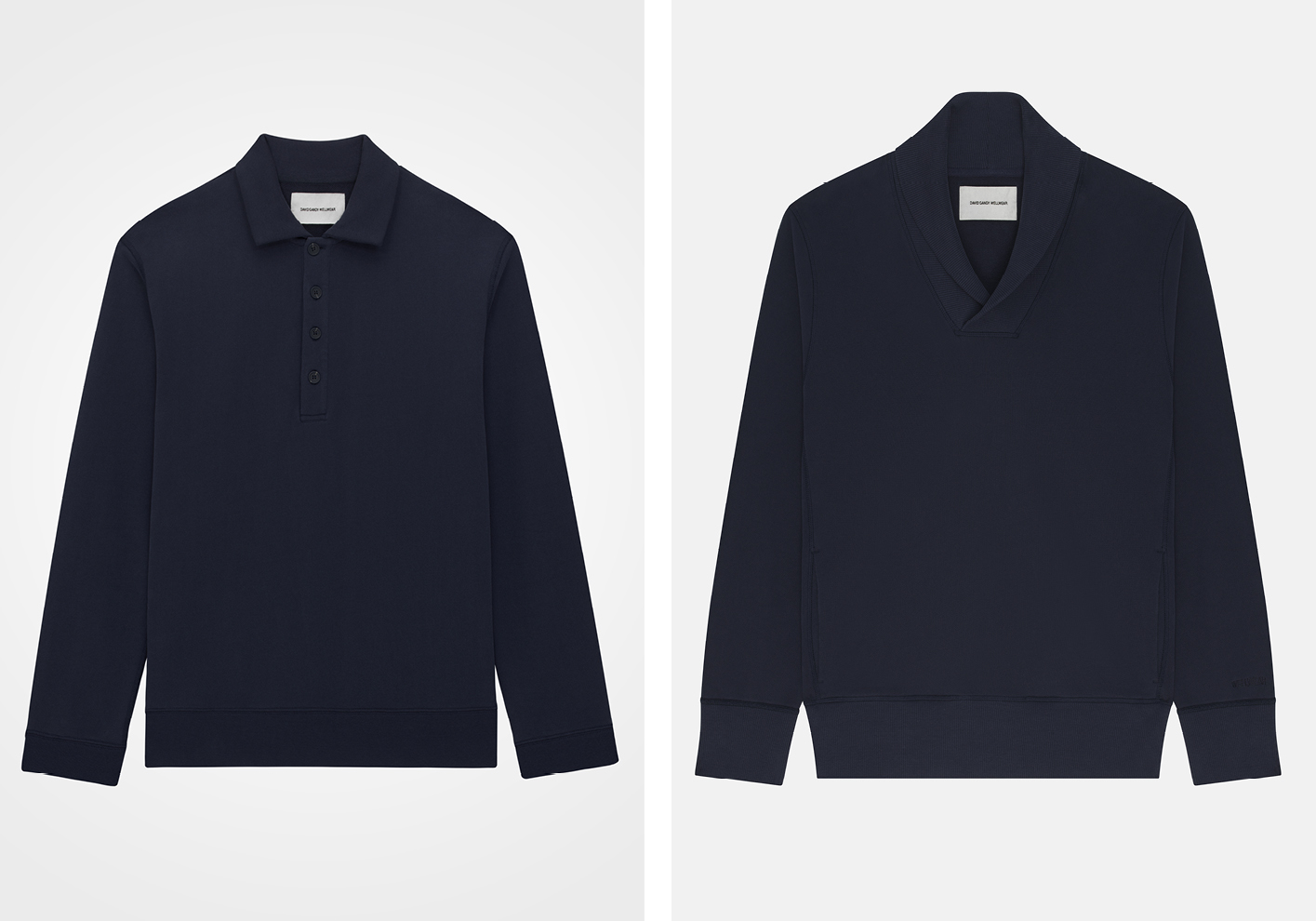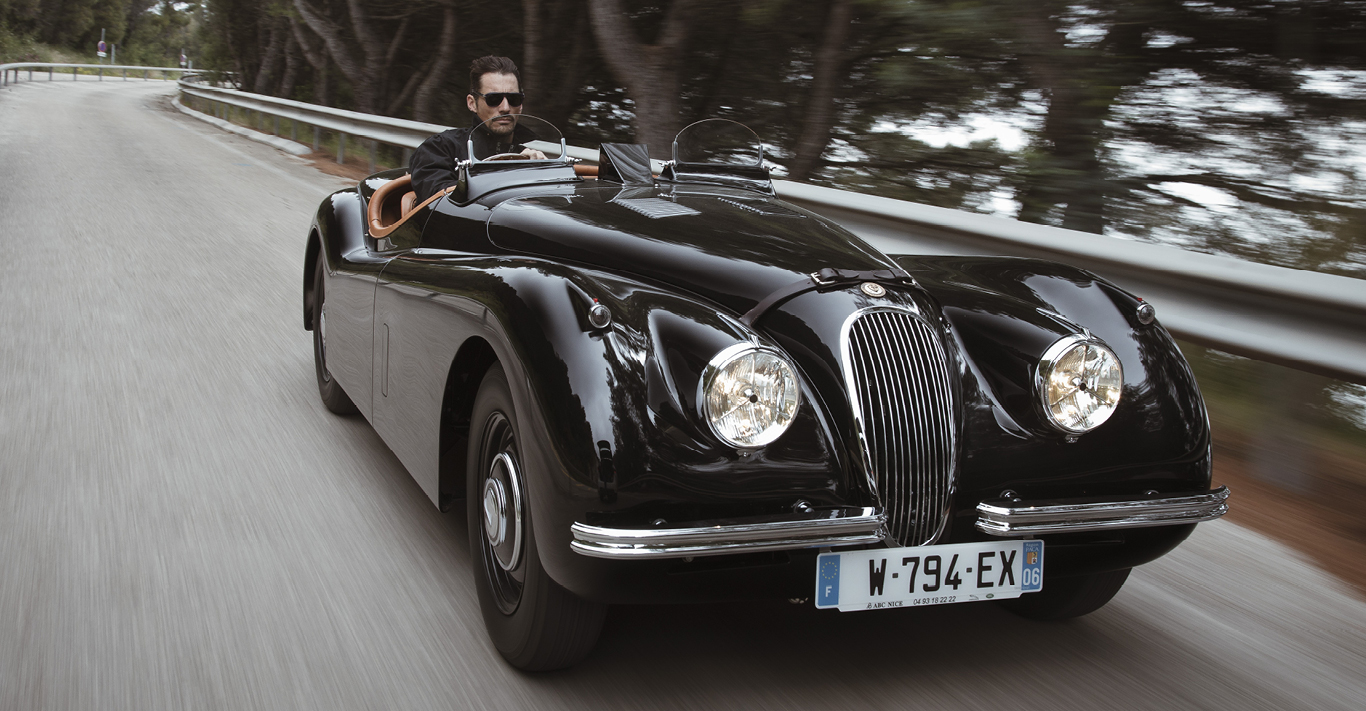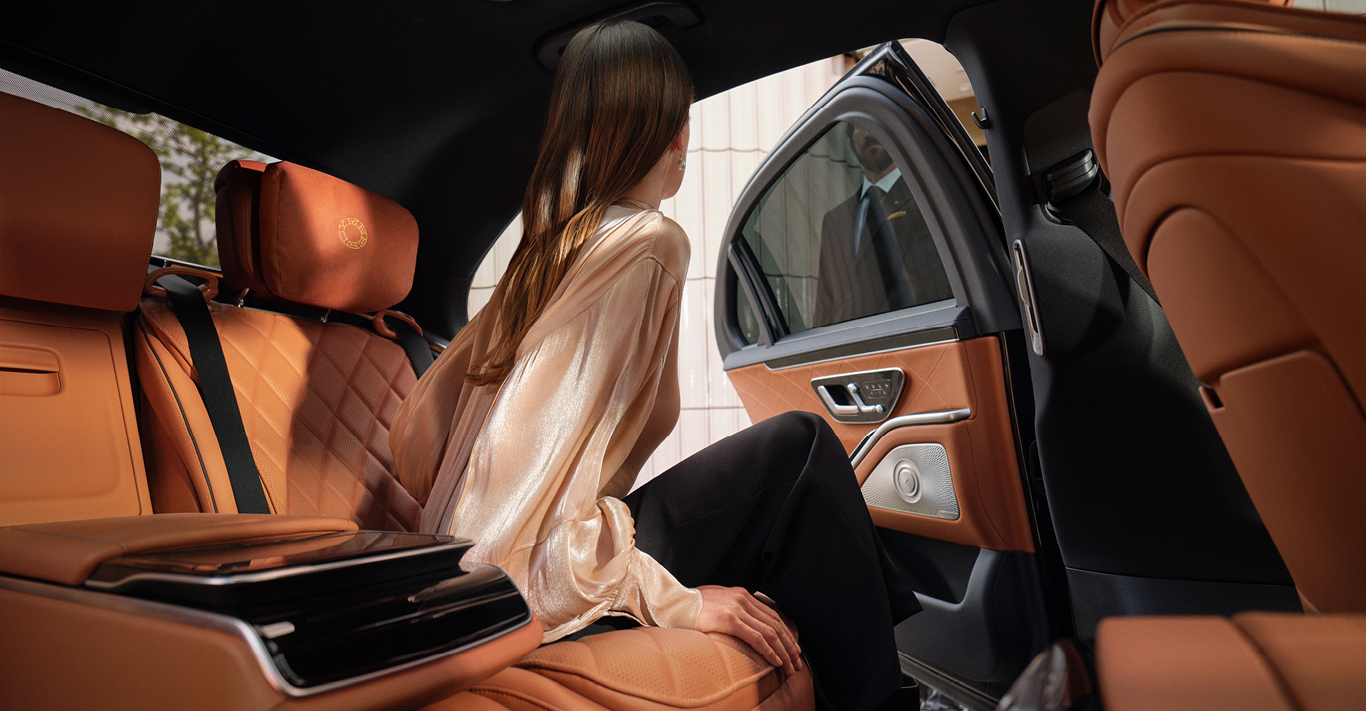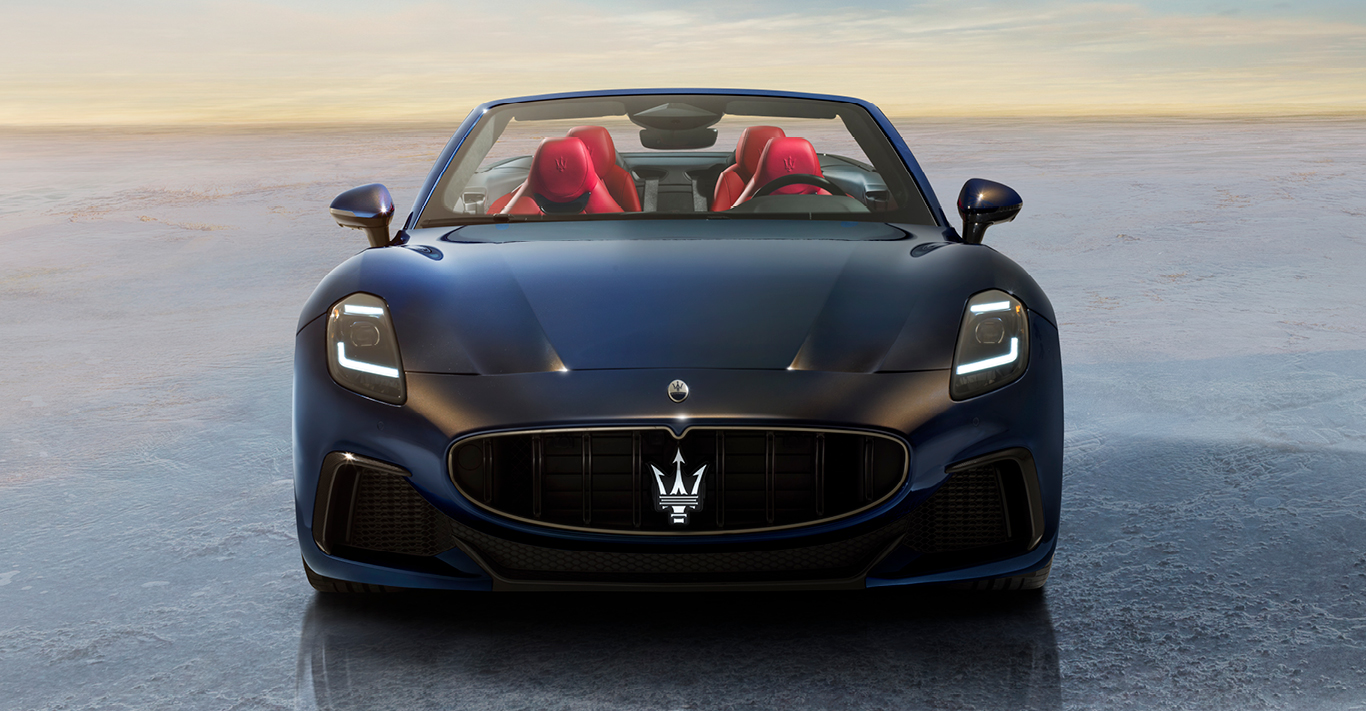David Gandy is best known as that model, whose Latin looks will forever be associated with Dolce & Gabbana’s Light Blue fragrance and a certain 2007 ad featuring a white inflatable boat, a sunny Capri seascape and our man reclining wearing nothing but a pair of tight-fitting white swimming trunks. Since then, he has arguably become the most famous male model in the world, justifiably earning the “supermodel” sobriquet. Today he still appears in front of the camera when it suits him but is increasingly comfortable in the role of entrepreneur and, latterly, founder and creative director of David Gandy Wellwear, a collection of relaxed wardrobe staples that he launched last year. But before all this, in his late teens, Gandy worked for a car magazine delivering vehicles and has a life-long love of motoring. Here, he reveals his all-time favourite vehicle and the joys of driving his own vintage Jaguar.
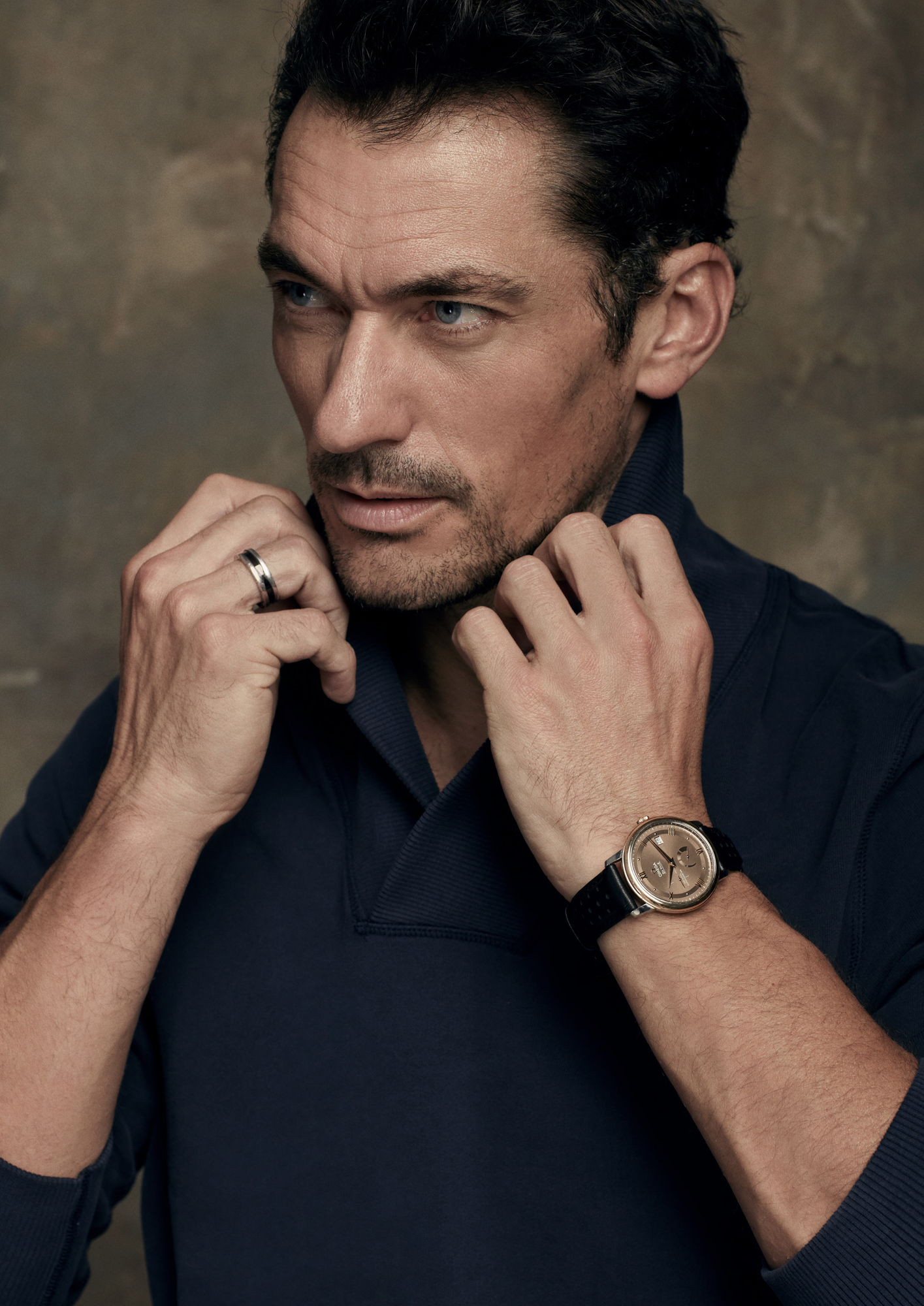
If I could own my dream car it would be a Jaguar XKSS, in my opinion the most historic road car that Jaguar ever made. Steve McQueen called it the ‘green rat’. He had one that he sold, but then missed so much that he had to hunt it down and buy it back.
Essentially, it’s a road-going D-Type (the D-Type was a car built for the racetrack). Only 16 XKSSs were made and they’re still on the road. It’s such a rarity. There’s a story that in the Hollywood canyons people would hear the Jaguar straight-six engine and everyone would know that McQueen was out and about. There are also rumours that he had a button to switch off the rear lights so police couldn’t see him in the dark. It’s all part of the myth of the XKSS, which McQueen contributes to hugely because he was such an incredible driver and had an unbelievable collection of cars. That one of the coolest men on earth had to buy back this motor because he couldn’t live without it says so much.
I do believe it is the most beautiful car I have ever seen. It’s in the family of D-Types and C-Types, and there’s a beauty to the design of these, and a masculinity that comes from the racing element, with the side exhausts. The XKSS is the one for me. I do love Ferrari 250 GTOs too, but every time I would choose the British Jag over the Italian car.
I got to drive one of the original 16 XKSSs once. We were shooting for Jaguar, and it really was a dream come true. When I got in it, they said, ‘Just to let you know, we’ve just had an offer for 17 million for it.’ I was on the Millbrook testing ground, and I confess, that knowledge added a little bit of pressure!
The thing about racing cars is the faster you go the more they reward you. This is not a car that enjoys going slowly – if you drive it like that it will fall to pieces: the gears don’t change, the oil doesn’t heat up. So, I raced it around the circuit several times, and when they said over the radio that it was time to come in, I thought, ‘Well, I’m never going to drive this car again’, so I just turned the radio off and continued to do five more laps until they sent someone out to get me.
The XKSS has a great history. It was released in 1957 and was effectively a racing car for the road with a top speed of roughly 150mph. I know that everyone talks about the design of the E-Type Jaguar, and I can appreciate its qualities, but I’d never have one as they really don’t do anything for me. Interestingly, a lot of designers agree with me on this and prefer the XKSS.
I’ve raced vintage Jaguars twice in the Mille Miglia, the 1,000-mile vintage car race around Italy. This used to be a real road race from the 1920s to the ’50s, but it was too dangerous and was revived years after it was cancelled, as a vintage rally. Both times the experience was amazing, and I found I can just about fit into a classic Jaguar XK120 properly (I’m a bit tall for many classic cars). After these Italian adventures and racing the XKSS at Millbrook, I thought I’d like to develop my own version – a lightweight Jaguar for the road.
I’ve done a fair bit of work with Jaguar over the years and have got to know the people there well. So, they sourced a car for me – a Jaguar XK120 – and then undertook a nut-and-bolt restoration, which took over a year: 2,700 man-hours. I wanted to keep the heritage authentic, so all the serial numbers are original, and then I added little designs to the car to make it uniquely mine.
But it was important to me that we modified the car sympathetically. From the wheels to the lattice leather seat design (the latter came from another XK120), the car really is historically correct. I just made sure that I would fit it better, so it has a smaller steering wheel and adjustable pedals. This is absolutely not a resto-mod where you put modern technology and a contemporary engine into an old chassis.
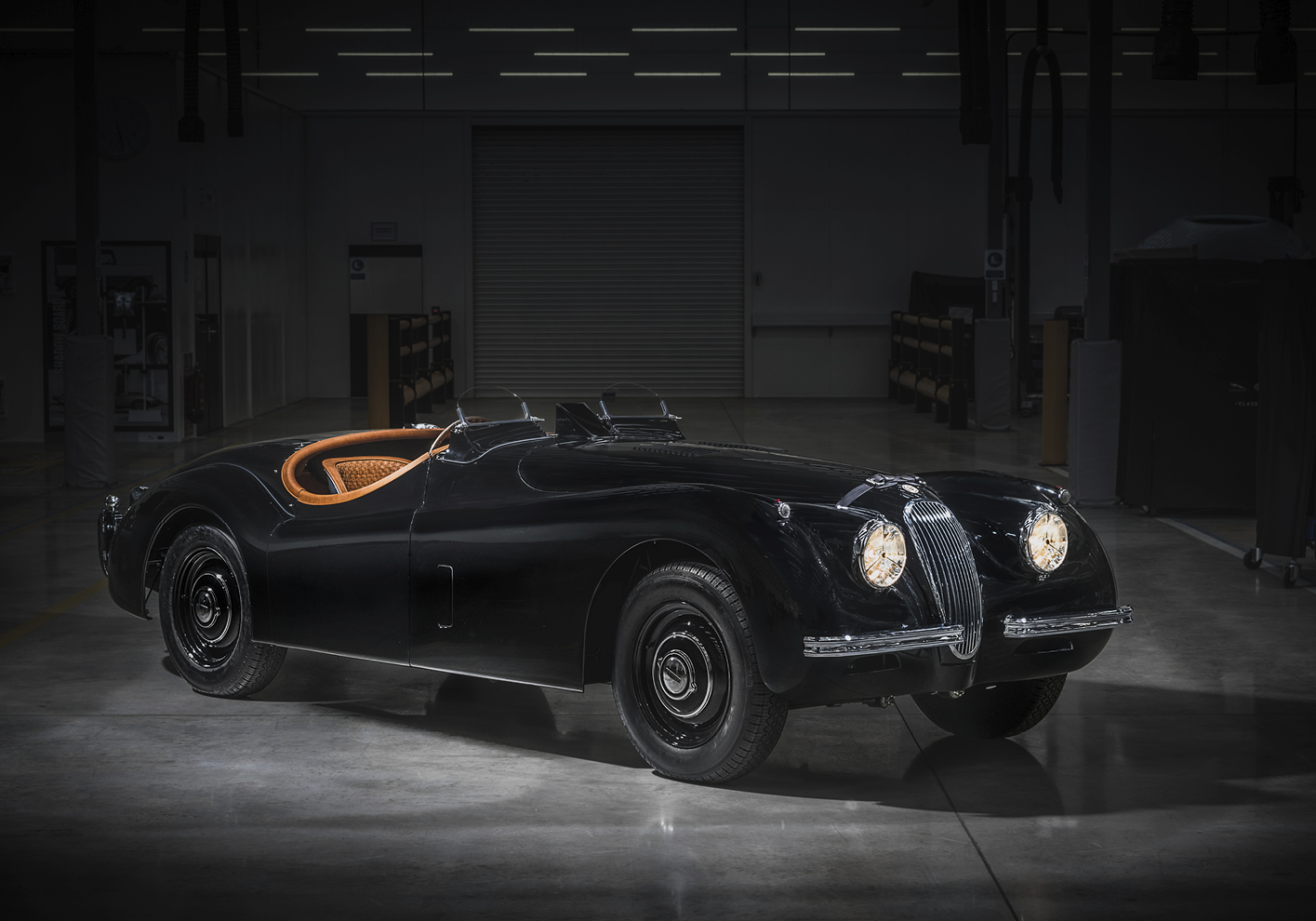
Back in the ’50s and ’60s, a few people took inspiration from the racing versions of Jaguars to create what were called “lightweights”. These were customised road-going cars, and though this was never an official Jaguar initiative, I took inspiration from those specially adapted vehicles. So, my XK120 has quick-release wheels, a quick-release petrol cap and adjustable suspension. I believe all the technology for this was around in the ’50s, so engineers would have been able to introduce it to the car back then. I’ve also upped the brake horsepower a little by tweaking oil and air. But it’s the original engine, original chassis. There’s no new technology in it – no radio, no Bluetooth. The biggest change is that we made it a completely open two-seater with a tonneau cover, taking inspiration from the D-Type or C-Type Jaguars (and because being the height I am, I can’t drive them with a fixed or soft roof!).
The colour scheme is black, chrome and tan – basically three colours that I like to use in everything I do where design is concerned (apart from clothing). There are no other colours on the car.
What I love about this Jaguar is that I feel I have really made it mine with my design tweaks. And though it is a historic car from 1954, I’ve added to that history and will continue to add to it by racing it. And then there is the whole analogue element. Modern cars are incredible, but they make you look like a good driver. With a vintage car you really have to drive well. There are practical things like double declutching, but more importantly, you have to engage your brain – you have to read the road. You don’t have the brakes or acceleration of a modern car. It’s always an event when you get in and take it out. I certainly wouldn’t drive it every day. For that, I have a modern Jaguar where I can receive my emails via Bluetooth and set the seat to a cooling temperature. But there’s a rawness to the XK120 that can’t be beaten. It’s total escapism – just me and the motor; and I’m actually driving it, it’s not a car driving me.
One thing I have realised as someone who has made a living out of test-driving clothes for various brands is that it’s really important to feel relaxed and comfortable when driving. I’ve recently launched a line of definitive wardrobe essentials, David Gandy Wellwear, and my go-to driving outfit in the Jaguar is our Heritage Shawl Sweatshirt or Long-Sleeve Sweat Polo, both in navy. They’re classic designs with a slightly modern twist. It’s all very well to be photographed in a three-piece suit with a beautiful classic car – as I have been many times – but when you’re behind the wheel for several hours on end, you want to feel relaxed and at ease.
